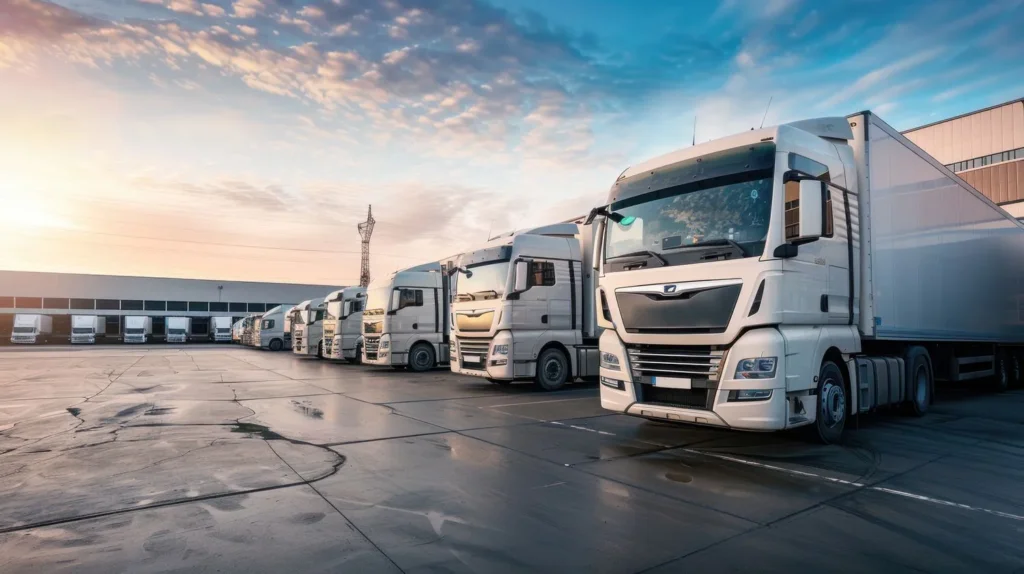DSV Road estimates that 30% of the transport of goods in Romania could be done with the help of electric lorries by 2030. This would require investments in charging stations in logistics centres.
Currently, electric HGVs are only used in Romania for transporting goods over short distances. The autonomy of an electric truck is currently 200-500 km, so they cannot be used for long-distance transport.
However, DSV Road believes that warehouses could become the main charging points for electric trucks in Romania.
The charging time at a fast-charging station is 90 minutes for an electric truck, and at a regular 380V charging station the charging time is 12 hours. Moreover, currently, electric trucks are charged at dedicated stations, but soon a complete charging system could be developed at key points of a truck’s route.
“In the near future, charging stations can be installed both in warehouses and in transporters’ garages. The most efficient option for charging electric trucks remains the period of their stationing in warehouses during the unloading/loading of goods, and an option for full charging of electric vehicles is when they arrive at the base, options that will allow the continuous use of trucks for 8 hours”, says Mihai Teodorescu, Country General Manager, and Sustainability Ambassador within DSV Road.
The company is also planning to develop a strategic plan to reduce pollution, based on four main pillars:
- carbon footprint measurement
- reorganizing and optimizing the business and supply chain
- offering a suitable fuel mix
- investing in actions to protect the environment
According to Teodorescu, Romania is still not fully prepared for the use of electric trucks for the transport of goods, but it has started to take steps in this direction.
“We are following the trend in Europe and we are committed to reducing our carbon footprint. We believe that electric trucks are the future of freight transport and we are investing in their development in Romania,” Teodorescu said.
The use of electric trucks for the transport of goods is part of the plan to reduce the carbon footprint by 30% by 2030, according to EU regulations, which all member countries are obliged to implement.
Currently, however, the most effective method of reducing the amount of CO2 regarding the transport of goods is the use of long-distance rail transport, complemented by the use of electric trucks in the last stage of the goods delivery route.



